By Tommy Clarkson from the November 2013 Edition
Dypsis decaryi (Sometimes cited as Neodypsis decaryi)
Family: Arecacea
(Also called a Three Cornered or Three-sided Palm)
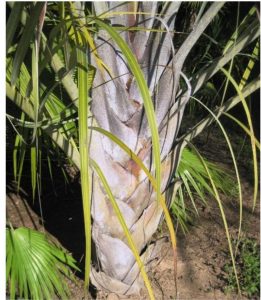
The Triangle Palm is a member of a large and amazingly diverse genus of which there are 140 species many of which are critically endangered. In fact, in its natural habitat, this particular and highly unique species is definitely threatened by over harvesting.
A solitary trunked, ornamental palm, it originated in the small area which is a very narrow strip of not particularly good soil, of approximately “twenty kilometers” in between the humid rain forest of the southeast and the dry spiny forest of southwestern Madagascar. Some sources say that they also grow naturally on nearby islands.
With Dypsis being the genus moniker, the epithet decaryi comes from the name of the gentleman who first collected specimens of this palm Raymond Decary.
Growing at a moderate rate, in its natural habitat, it has been recorded at a height of nearly thirteen meters, however as a domesticated palm its average height is seven to eight meters. It has feather like leaf bases arranged in three distinct and quite precise, planes which in a blinding flash of the obvious provide the impetus for its common name!
Many assert that it has no “true” crownshaft, but the tightly overlapped and bulging leaf bases forming a stocky triangle certainly resembles one!
As the palm matures, owners have been surprised when, ultimately below the pinnate fronds with their bluish-green leaflets a “traditional” round palm trunk forms. This upright, brownish to gray, trunk is smooth and from nine to thirteen inches in diameter and is marked by the rings of former fronds.
The fronds hold themselves stiffly erect and droop only at their tips. It is quite common for rather spectacular, filamentous extensions (long threads) or “reins” to hang down from the large leaves. These provide an attractive “fountain like sweep” of grayish leaves perhaps if at all possible best presented in front of a dark green background such as the Leu Botanical Gardens in Orlando, Florida.
The approximate twenty, meticulously arranged, pinnate leaves are two and one half to three meters in length. They are comprised of 100-200 pointed leaflets that stretch nearly upright from the triangular trunk. They gracefully arch, in a V shape, about a meter from their tips and spread from three to seven meters. The leaf stalks grow to be covered with a brownish- red hairs or “ fur” similar to its delightful cousin the Teddy Bear or Red Neck Palm.
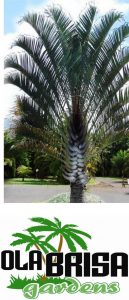
Suffice it to say, no few aspects of this species, including its striking silhouette, make the Triangle Palm a real head turner!
Blooming all year, on the branched inflorescense (the flower stalk), separate male and female flowers grow side by side. Coming from the lower leaves yellow and green flowers branch out from which, later, fruit produces. The seed and other parts of the plants are poisonous if ingested so, vegetarian or not, don’t gnaw on this beauty nor its fruit!
Definitely, bold in appearance, this outside palm seems to prefer full sun but can do well in partial shade. Water regularly but exercise good judgment and be careful to not over water as like many palms it doesn’t care to have its roots standing long in water. Given a choice, it would like somewhat sandy soil. Keep an eye out for mealy bugs, scale and mites and feed quarterly with a water soluble fertilizer.
Should, for whatever reason, you wish to grow more of these palms, their flowers are unisexual and, hence, single plants are quite capable of providing you with oval, greenish-yellow to white fruits. Each holds one seed. These are generally quite fertile and should germinate within a month or two of planting.
At Ola Brisa Gardens our Triangle Palm may be found situated close to its Teddy Bear Palm kin, at the lower end of the International Terrace.
Not dissimilar to some of my friends who watch their sodium intact, the Triangle Palm has low tolerance for salt . . . so don’t plant them too close to the beach. It also has a tendency toward potassium deficiency and is susceptible to that scourge of no few varieties of palm trees, lethal yellowing.
When planting, bear in mind its three dimensional aspects that can, somewhat easily dominate the landscape . . . so, if at all possible, plant where its form can be most fully appreciated.
To read previous issues of “Planting Roots in Mexico”, Tommy’s Tips”, other tropical gardening information, or to learn more about Ola Brisa Gardens, please visit: www.olabrisagardens.com .
Download the full edition or view it online
—
Tommy Clarkson is a bit of a renaissance man. He’s lived and worked in locales as disparate as the 1.2 square mile island of Kwajalein to war-torn Iraq, from aboard he and Patty’s boat berthed out of Sea Bright, NJ to Thailand, Germany, Hawaii and Viet Nam; He’s taught classes and courses on creative writing and mass communications from the elementary grades to graduate level; He’s spoken to a wide array of meetings, conferences and assemblages on topics as varied as Buddhism, strategic marketing and tropical plants; In the latter category he and Patty’s recently book, “The Civilized Jungle” – written for the lay gardener – has been heralded as “the best tropical plant book in the last ten years”; And, according to Trip Advisor, their spectacular tropical creation – Ola Brisa Gardens – is the “Number One Tour destination in Manzanillo”.
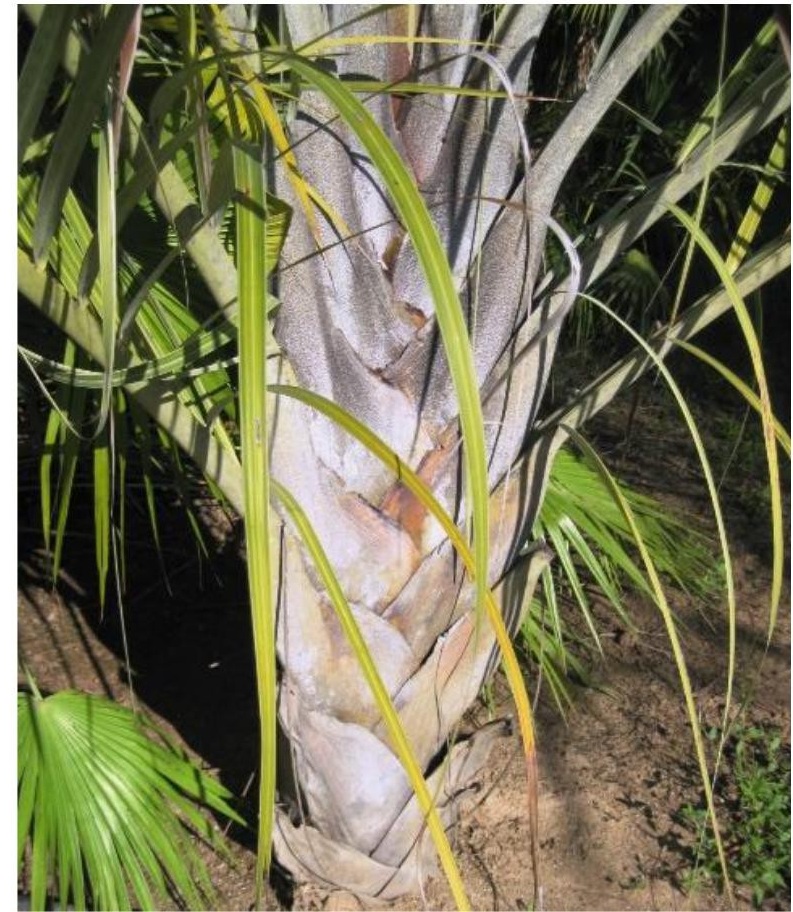

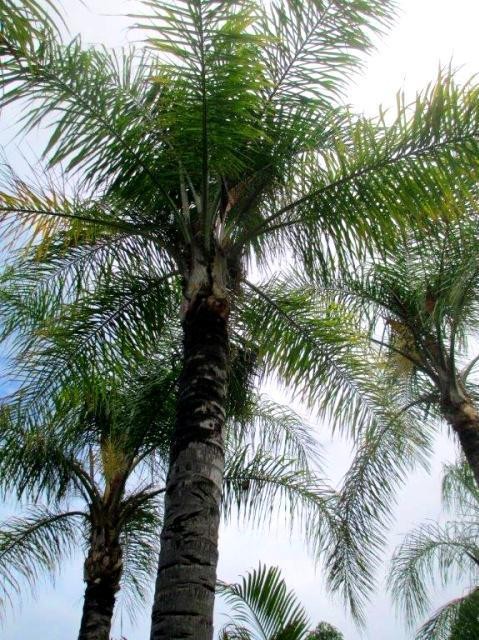
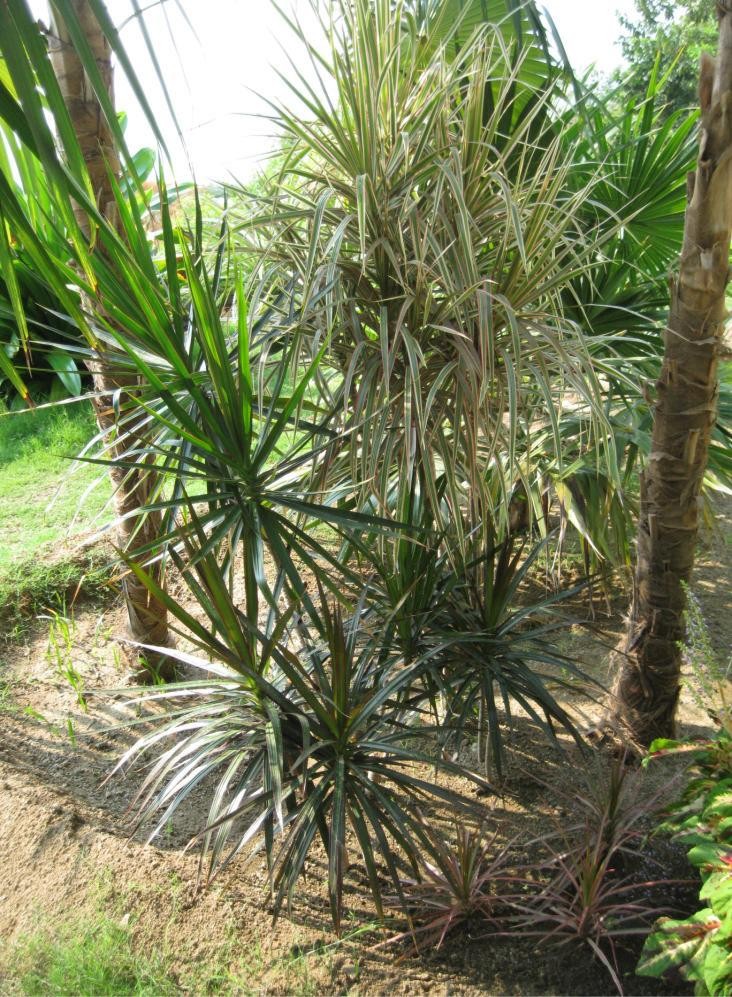

You must be logged in to post a comment.